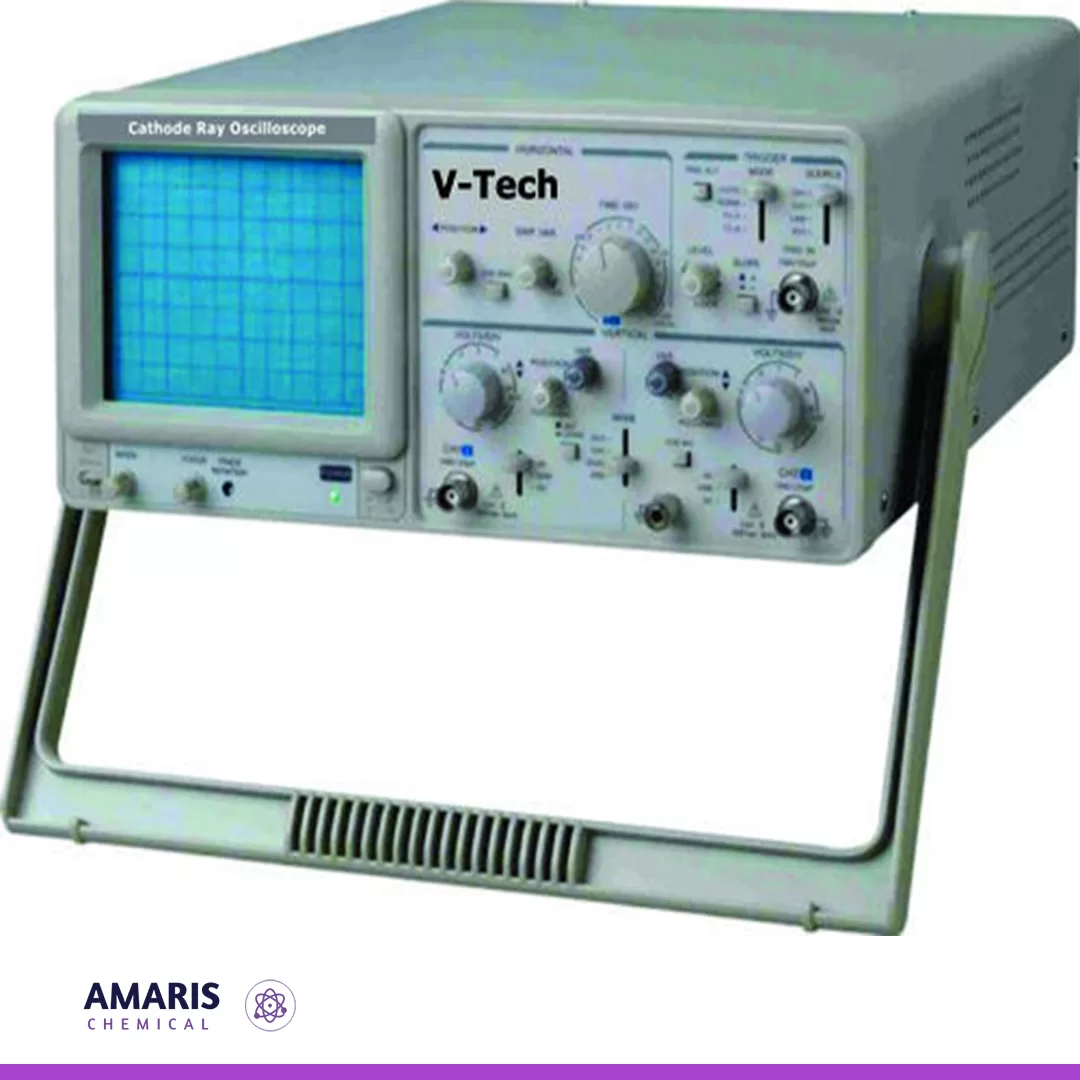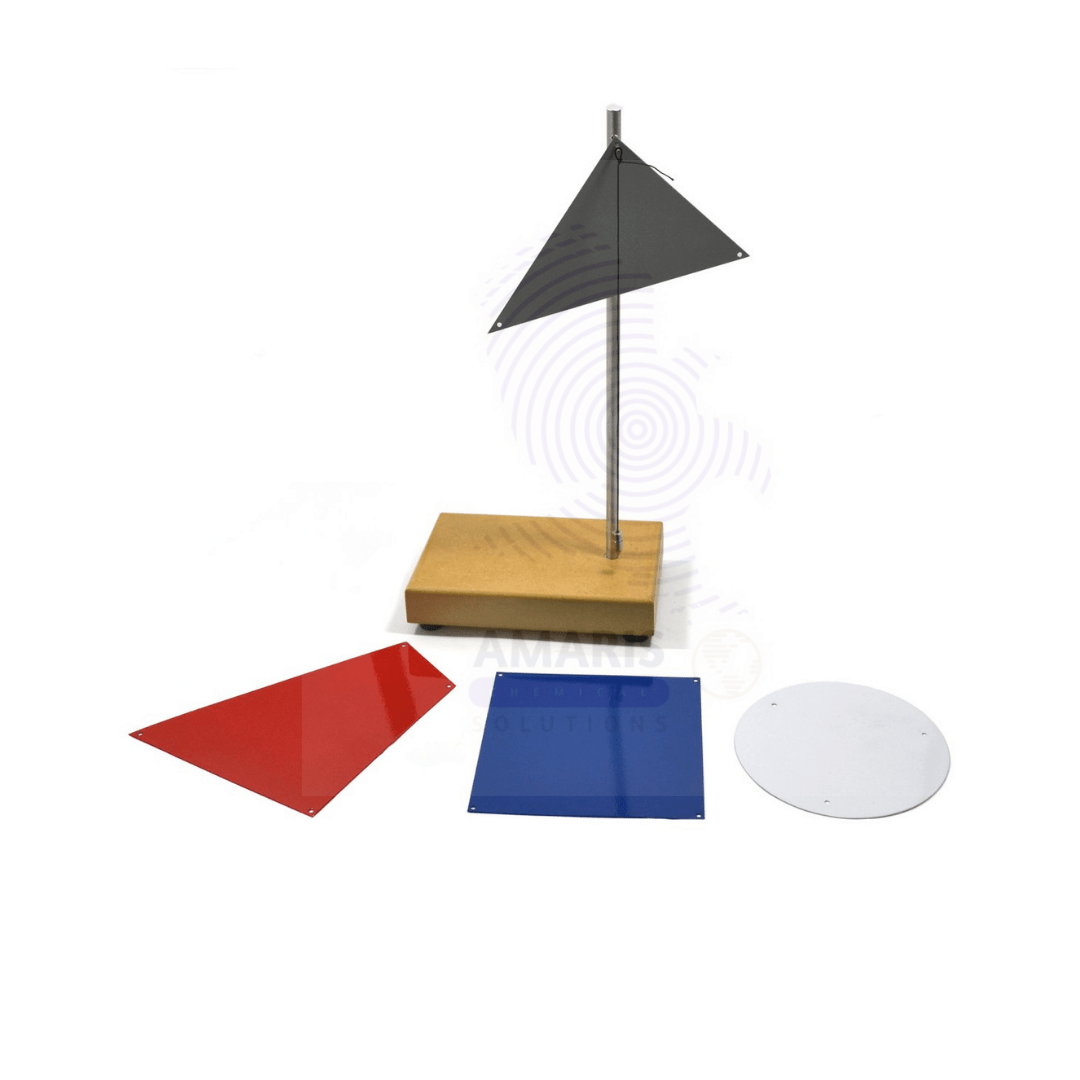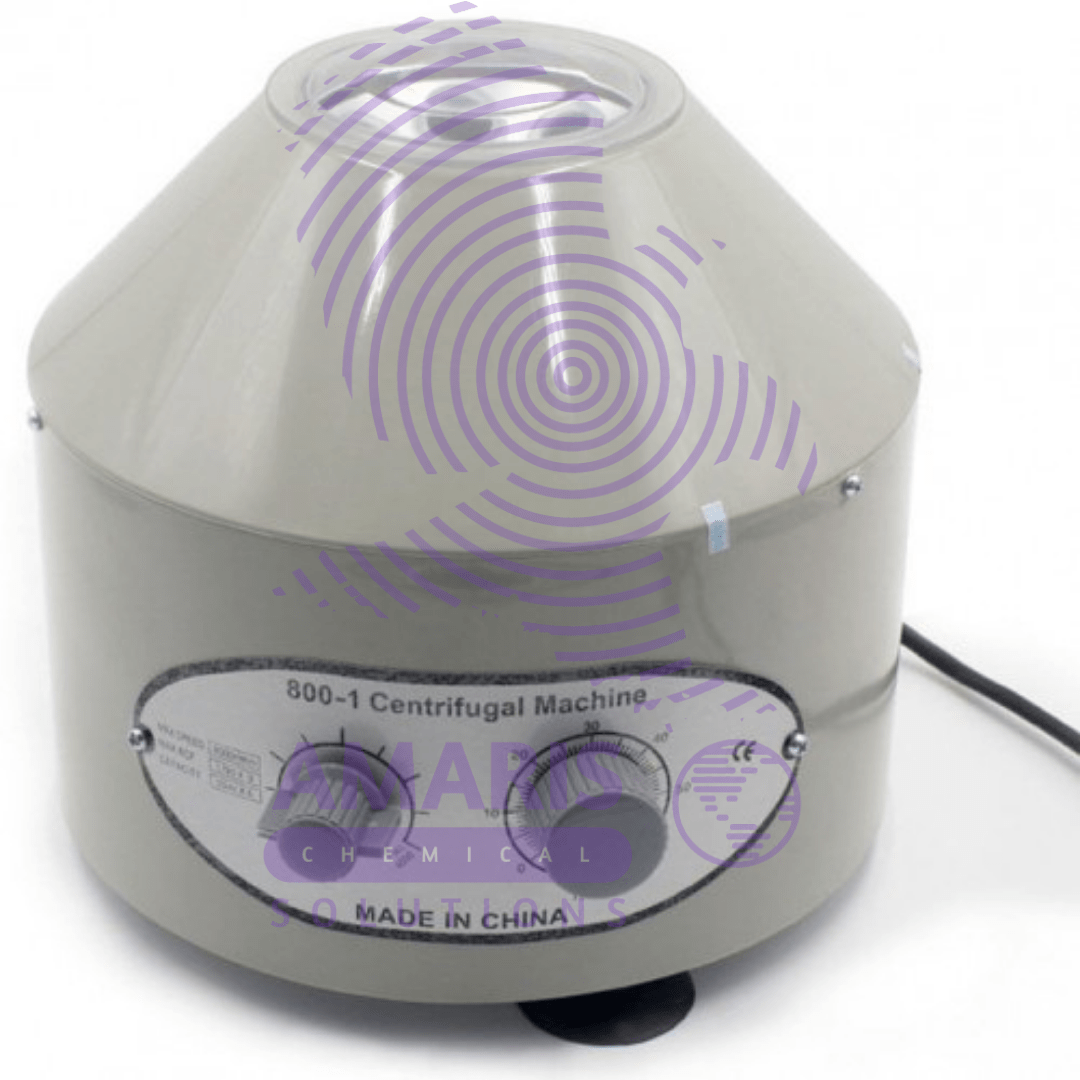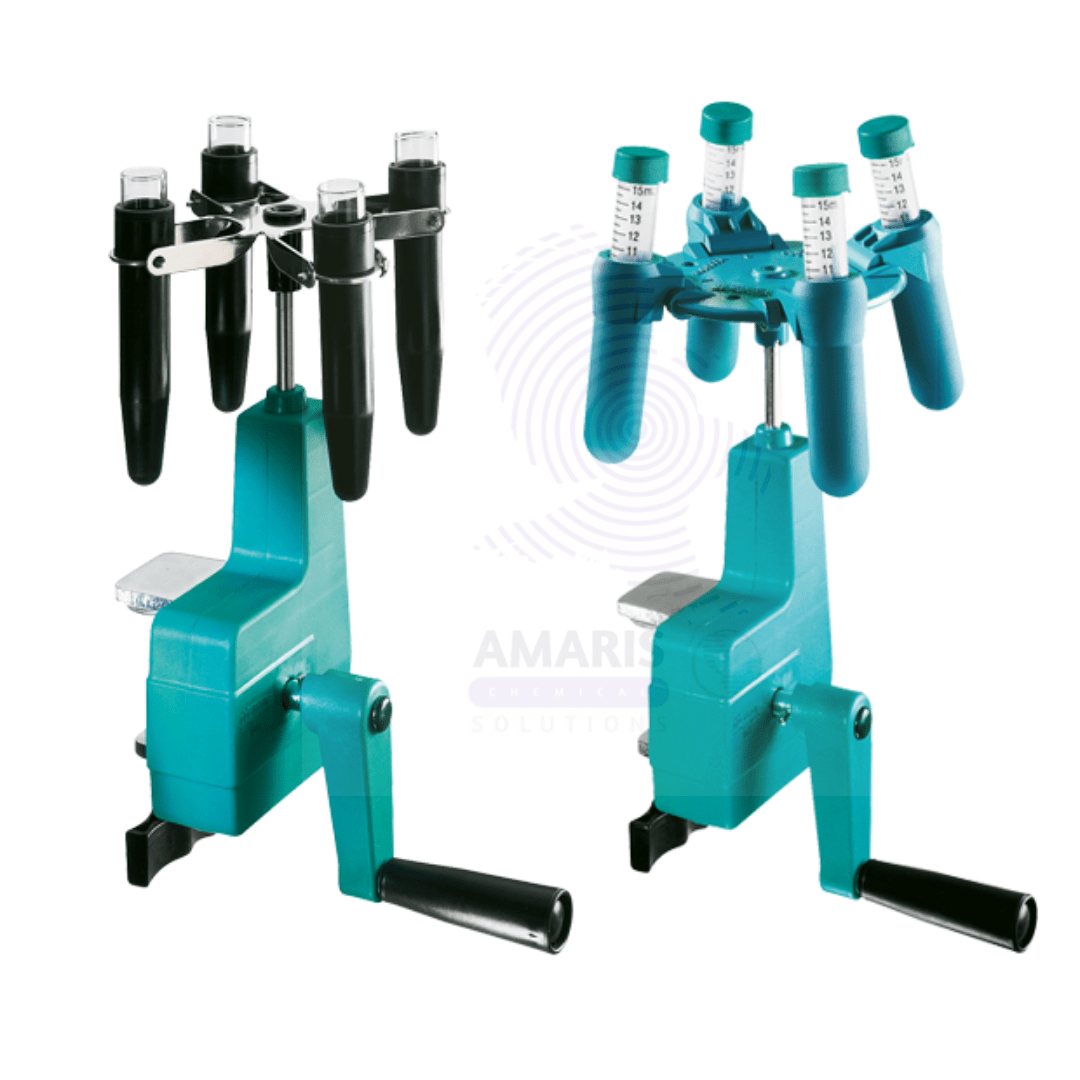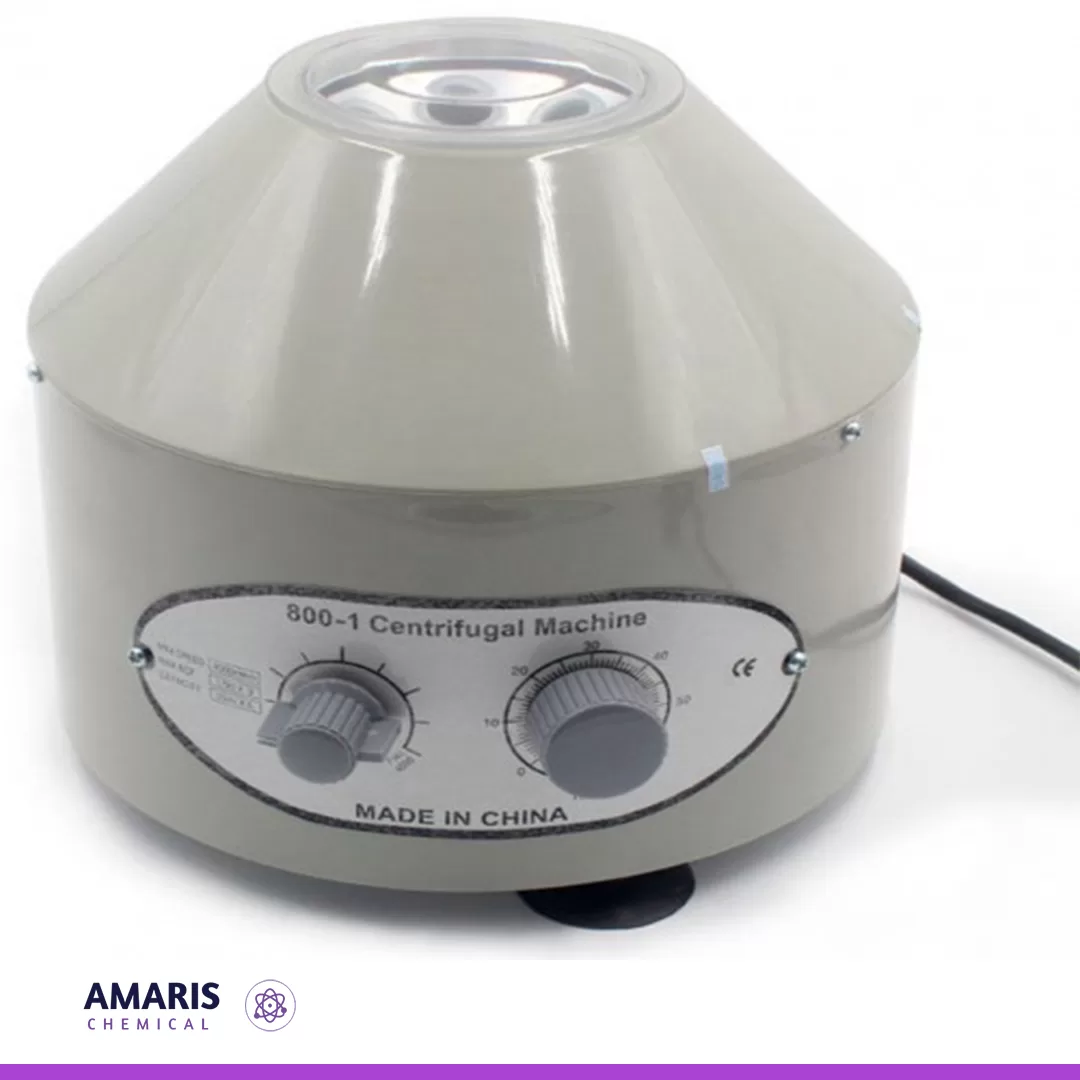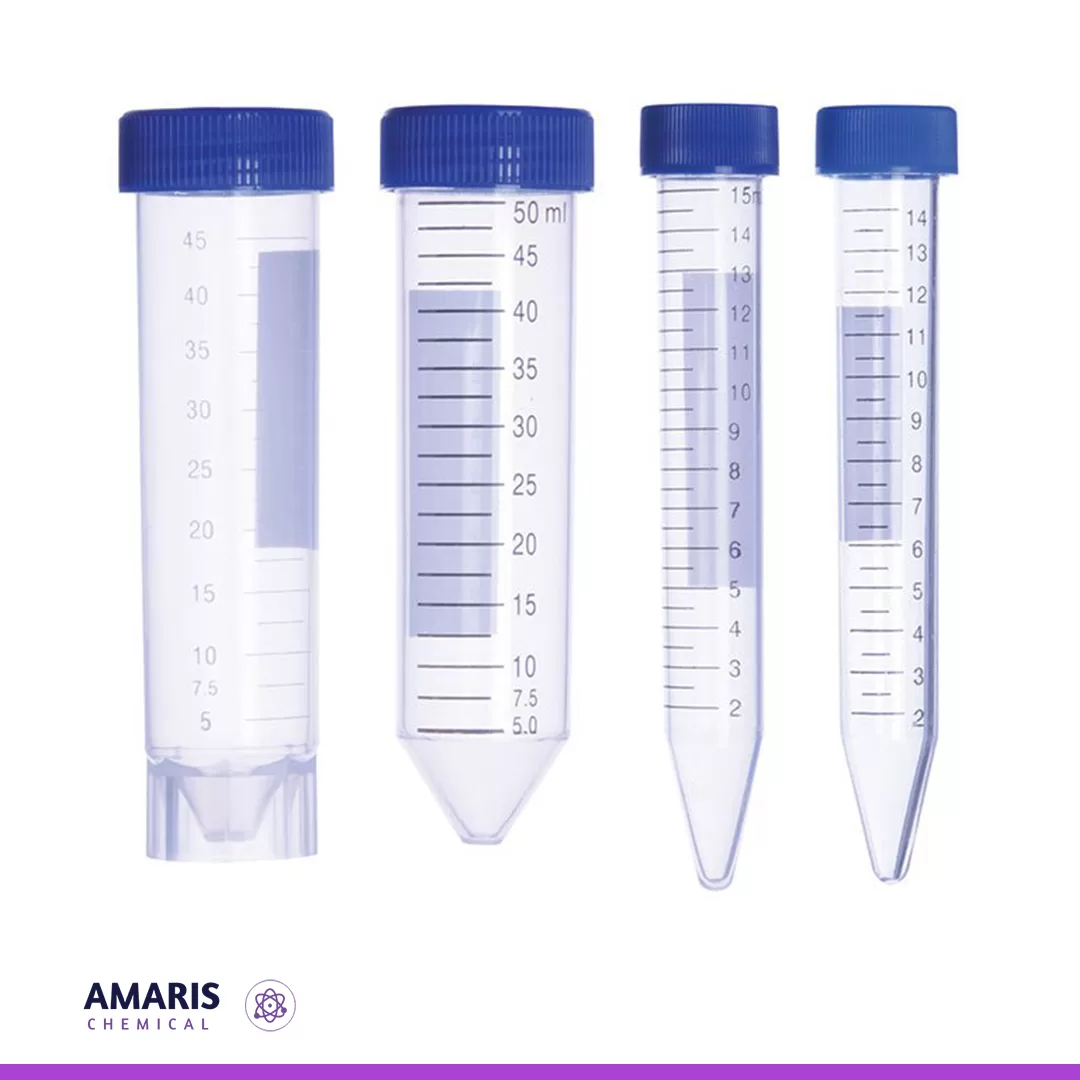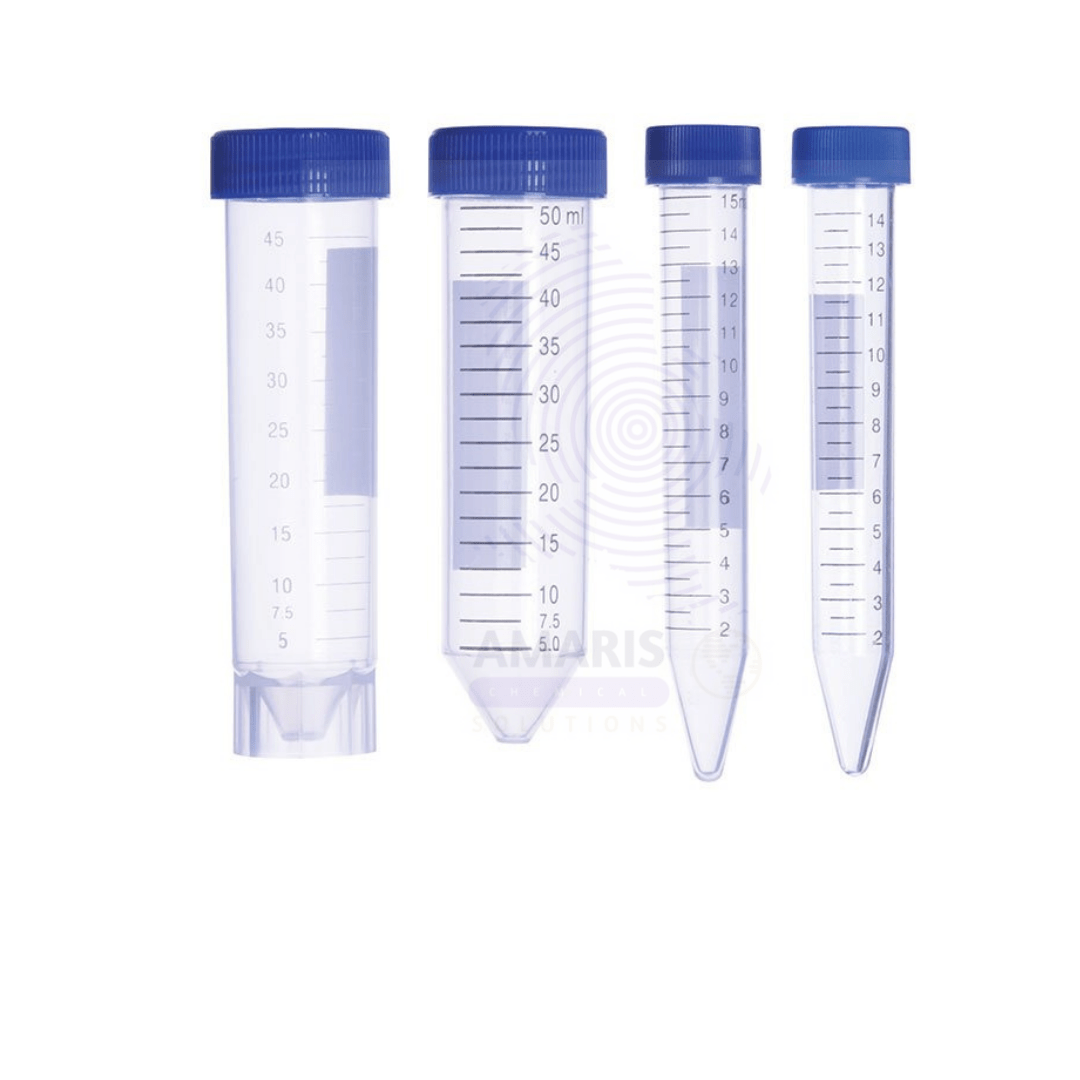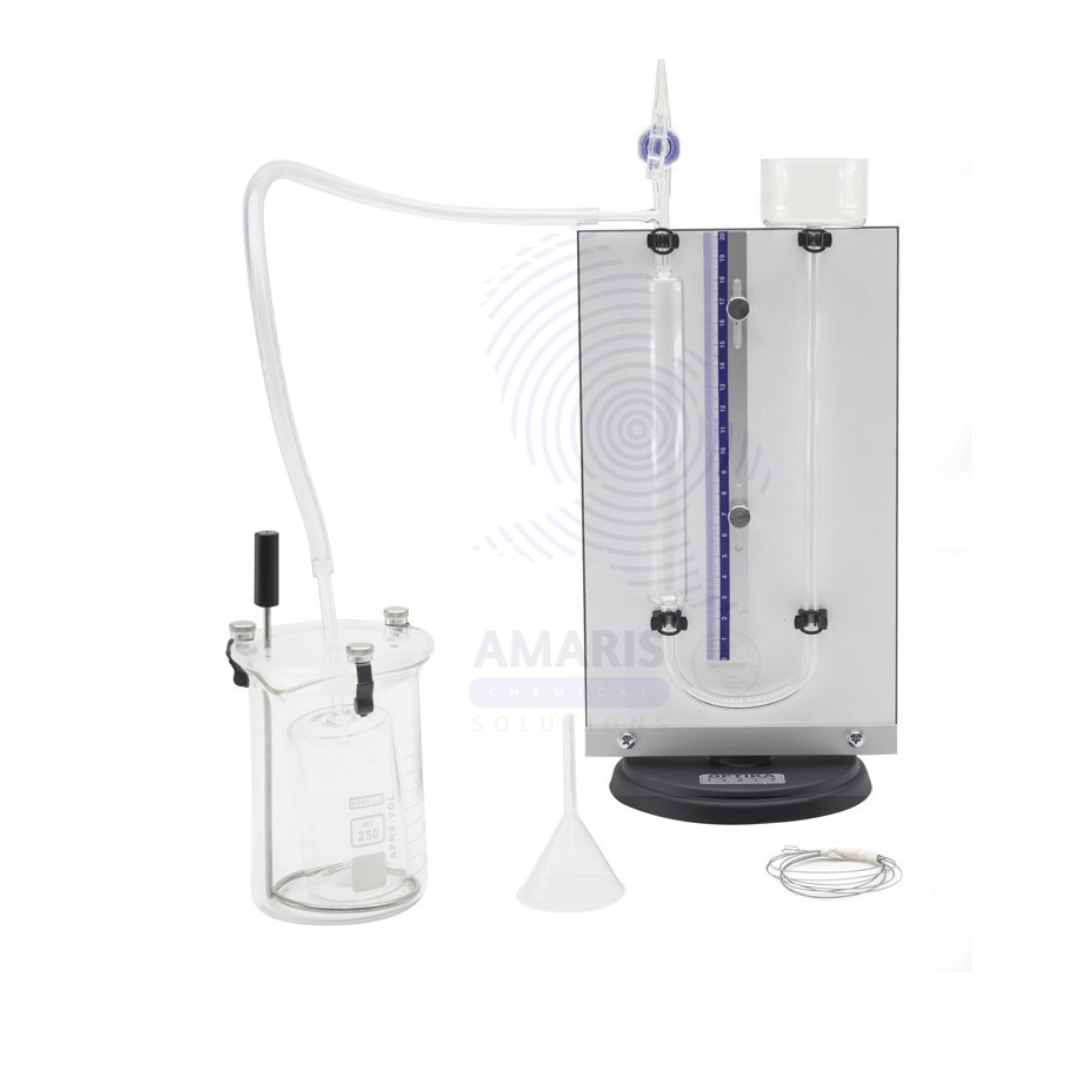Centre of gravity apparatus
The center of gravity apparatus is a specialized tool used in physics and engineering to study the principles of balance, stability, and weight distribution. Typically consisting of a base platform with adjustable arms and a support for various objects, the apparatus allows users to precisely determine the center of gravity of different shapes and materials. By placing an object on the apparatus and adjusting weights or changing its orientation, users can visually and practically observe how the center of gravity influences stability. This hands-on experience facilitates a deeper understanding of equilibrium conditions, showcasing how an object's design affects its performance in real-world applications, such as in architecture or vehicle design. As an educational tool, the center of gravity apparatus effectively demonstrates key concepts in mechanics, making abstract theories tangible and accessible to students and researchers alike.
centrifudge electrical
centrifuge is a machine that spins samples at high speeds to separate components based on their density. In terms of its electrical components, a centrifuge typically consists of:
- Motor: This is the primary electrical component that drives the rotation of the centrifuge rotor. It converts electrical energy into mechanical energy to spin the rotor.
- Control Panel: Modern centrifuges often have electronic control panels for setting parameters such as speed, duration, and sometimes temperature. These panels may include digital displays, buttons, and knobs for user interaction.
- Safety Features: Centrifuges usually have safety mechanisms, such as lid locks and imbalance detection systems, which are often controlled by electrical circuits. These features help prevent accidents and damage to the centrifuge and its surroundings.
- Power Supply: Like any electrical device, a centrifuge requires a power supply to operate. This could be a standard electrical outlet or a specific voltage and frequency depending on the model.
- Sensors and Feedback Systems: Some centrifuges may incorporate sensors to monitor parameters such as speed, temperature, and rotor balance. These sensors provide feedback to the control system to ensure proper operation and safety.
centrifudge manual
Centrifuge tubes
Centrifuge tubes are specially designed, narrow, and conical containers used in laboratory centrifuges to hold liquid samples during high-speed spinning. Their conical shape allows for the efficient separation of components by density, with heavier particles settling at the bottom and lighter ones remaining at the top. They are typically made of durable plastic or glass, with markings for volume measurement, and come in various sizes to accommodate different sample quantities. Centrifuge tubes are crucial for tasks like isolating biological materials, purifying proteins, and concentrating samples in fields such as biology, chemistry, and medical research.
Charcoal Decourising powder
Charles law apparatus
The Charles' Law apparatus is designed for laboratory demonstrations of how the volume of a gas changes in response to temperature variations while maintaining constant pressure. It provides an effective visual and quantitative way to validate Charles' Law, showing the direct relationship between volume and temperature, and is often used to estimate absolute zero in experiments.










